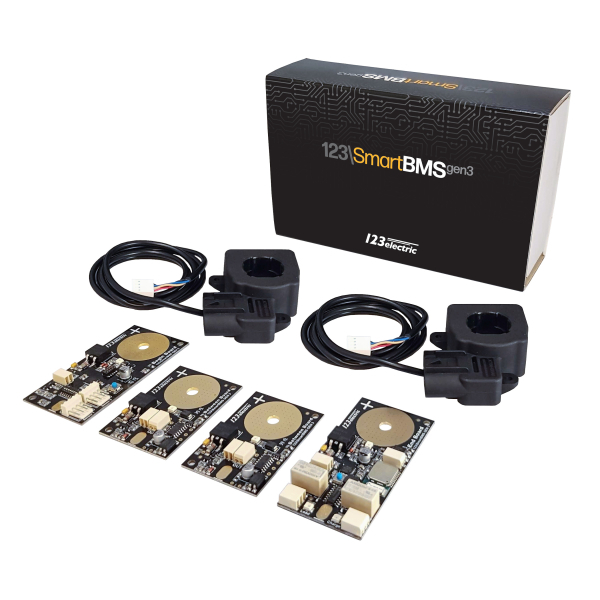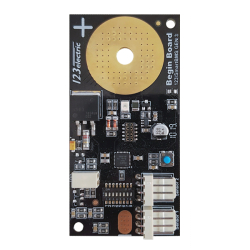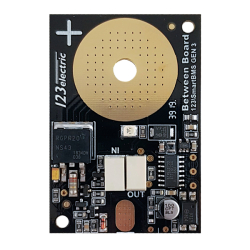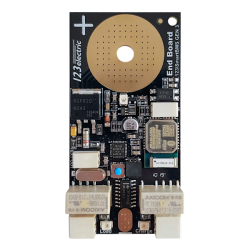123electric 123ELECTRIC BMS123 Smart Gen3 - Complete Set (4 Cells) With Bluetooth 4.0
Art.#:
BMS123SM-G3-SET

Manufacturer:
123electric

To order
This article is discontinued. Please, chose another one!!!
GWL/Power BMS123 Smart Gen 3 – a complete solution for LFP, LTO, NMC and Li-Ion cells to make battery with Bluetooth monitoring and management using your smart phone, iPad, tablet or other device.

 English
English Česká republika
Česká republika Germany
Germany France
France España
España Italia
Italia Sverige
Sverige Polski
Polski Nederland
Nederland













